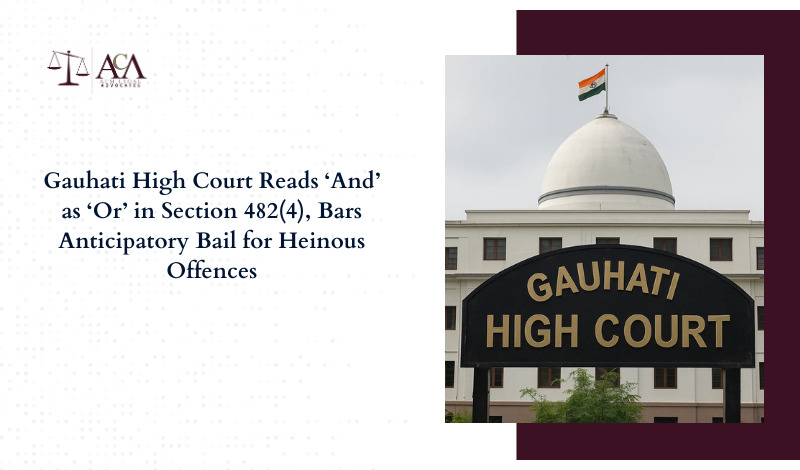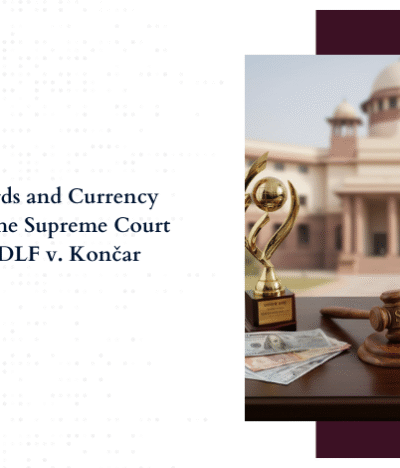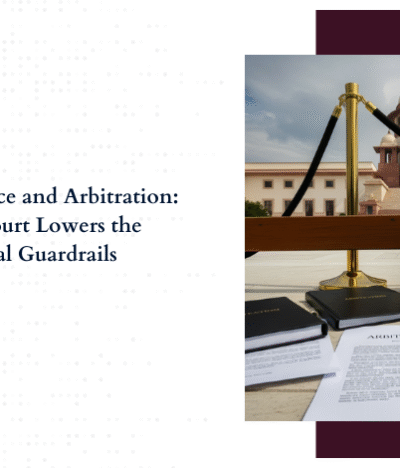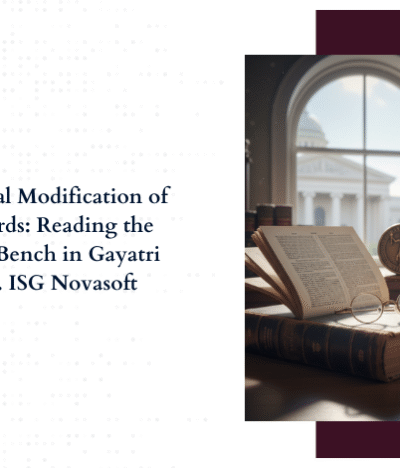Legislative Interpretation Meets Criminal Procedure Reform
In a significant interpretation of the Bharatiya Nagarik Suraksha Sanhita, 2023 (BNSS), the Gauhati High Court has held that the word “and” appearing in Section 482(4) must be construed as “or” to uphold the legislative intent behind excluding anticipatory bail in cases involving grave sexual offences. This ruling, delivered by Justice Mridul Kumar Kalita in Nazir Hussain & Ors. v. State of Assam, AB/446/2025, brings much-needed clarity to the interpretation of Section 482(4) of BNSS, which bars anticipatory bail to persons accused of offences under Section 65 and Section 70(2) of the Bharatiya Nyaya Sanhita, 2023 (BNS).
The judgment is a crucial development in the post-CrPC criminal law regime, emphasizing a purposive construction over strict literalism when interpreting penal statutes, especially where legislative silence may otherwise defeat the object of law. By aligning BNSS with the erstwhile Section 438(4) CrPC, the Court reaffirms its duty to preserve the intent behind barring anticipatory bail in cases involving serious sexual violence.
Background of the Case
The matter before the Gauhati High Court arose from a petition under Section 482 of the Bharatiya Nagarik Suraksha Sanhita (BNSS), 2023, filed by four individuals seeking anticipatory bail in connection with a criminal case registered at Gauripur Police Station. The case involved serious allegations, including kidnapping, theft, and sexual assault. According to the FIR, the complainant alleged that his minor daughter had been taken away by the prime accused on two separate occasions and that she was subjected to sexual acts under the pretext of a promise of marriage. The accused was also alleged to have taken a significant sum of money from the complainant’s home.
A key legal issue in the case was the age of the victim. While the complainant submitted official documents suggesting the victim was born in 2010—making her below the age threshold under Section 65(1) of the Bharatiya Nyaya Sanhita (BNS)—the defence presented a school-issued certificate indicating a 2006 birth year, which would classify her as an adult at the time of the alleged incidents. This age determination became central to the Court’s consideration, as Section 482(4) of BNSS bars anticipatory bail in cases involving accusations under both Section 65 and Section 70(2) of the BNS.
The petitioners argued that since they were not accused under both sections, the bar under Section 482(4) should not apply. The State, supported by the Amicus Curiae, took the position that the statute’s use of “and” should be interpreted as “or” to align with legislative intent and to prevent an unreasonable limitation on the application of the law.
Reading Down ‘And’: Legal Reasoning and Precedents
In resolving the statutory ambiguity in Section 482(4) of the BNSS, the Gauhati High Court adopted a purposive approach. The provision states that anticipatory bail shall not apply to cases involving arrest on accusation of having committed an offence under Section 65 and sub-section (2) of Section 70 of the Bharatiya Nyaya Sanhita, 2023. However, the Court emphasized that if this phrase is read literally, it would render the exclusion ineffective in most situations, since Section 65 pertains to rape of a minor girl under 16 by an individual, while Section 70(2) pertains to gang rape of a girl under 18 by a group. The possibility of simultaneous applicability of both provisions in a single case is highly unlikely.
To avoid this statutory redundancy and to give meaningful effect to the legislature’s intent of denying anticipatory bail in cases of serious sexual offences against minors, the Court held that the conjunction “and” must be read as “or.” In doing so, the Court placed reliance on the Supreme Court’s judgment in Spentex Industries Ltd. v. Commissioner of Central Excise (2016) 1 SCC 780, which affirms that “and” can be read as “or” where necessary to avoid absurdity and uphold the legislative objective.
The Court further observed that Section 482 of BNSS is materially similar to Section 438 of the CrPC, where the word used was “or.” Since there was no indication in the Statement of Objects and Reasons that a departure from this interpretation was intended under the new law, the Court concluded that the statutory bar must apply if the accused is charged under either Section 65 or Section 70(2) of the BNS.
Application of the Interpretation to the Present Case
Applying the purposive construction of Section 482(4) BNSS to the facts before it, the Gauhati High Court analysed whether the statutory bar on anticipatory bail would operate against the petitioners. The Court examined the date of birth of the victim, which was crucial to determine whether Section 65(1) of the BNS—dealing with rape of a girl under 16—was attracted. Two conflicting documents were presented: a school certificate indicating a 2006 birth year, and a government-issued birth certificate indicating a 2010 birth year. The Court gave primacy to the official birth certificate issued under the Registration of Births and Deaths Act, 1969, citing its statutory reliability.
As per the said certificate, the victim was below 16 at the time of the alleged incident, thereby prima facie attracting Section 65(1) of BNS. Consequently, the Court held that the statutory bar under Section 482(4) of BNSS would apply to petitioner no. 1, against whom the allegation of rape had been specifically made. Since no accusation under Section 70(2) was involved, the defence’s argument—based on the literal use of “and”—was rejected.
However, in respect of the other three petitioners, no specific allegation of rape or charges under Sections 65 or 70(2) had been made. Thus, the Court held that the embargo under Section 482(4) would not extend to them. The interim protection earlier granted to those petitioners was made absolute, subject to their continued cooperation with the investigation and adherence to conditions set by the Court.
Conclusion
The Gauhati High Court’s interpretation of Section 482(4) of t he BNSS marks a pivotal moment in the application of anticipatory bail provisions under India’s reformed criminal procedure framework. By reading the word “and” as “or,” the Court avoided a narrow and literal construction that could have rendered the embargo on bail in serious sexual offences largely ineffective. The judgment exemplifies the judiciary’s role in preserving legislative intent and ensuring that statutory reforms do not lead to unintended lacunae in enforcement.
This decision is particularly significant in the context of offences involving minors, where legislative policy clearly leans towards stringent protection. It underscores that procedural innovation—such as that introduced through BNSS—must align with established constitutional and legislative objectives. The Court’s alignment with prior precedent, such as Spentex Industries Ltd., reflects a consistent judicial approach to statutory interpretation where language must yield to purpose.
Practitioners and law enforcement agencies must now take note that any person accused under either Section 65 or Section 70(2) of the BNS is barred from seeking anticipatory bail under Section 482 BNSS. This clarification ensures robust safeguards for victims of heinous sexual offences, while also fostering consistency across procedural statutes during the transitional period from CrPC to BNSS.






